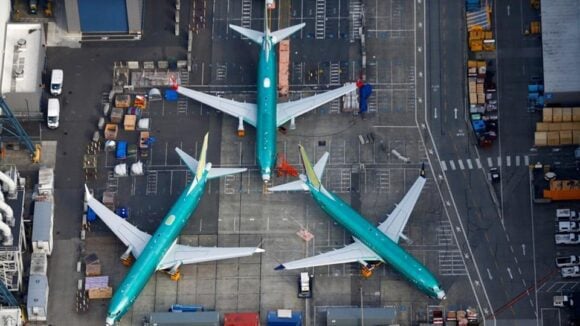More than a year since its engines were delivered, the C919 fired them up for the first time last week on November 9th. The C919 is powered by the LEAP 1C, and is the third of the LEAP-engined models, after the A320neo and 737MAX. The LEAP 1C engines closely resemble those found on the A320neo, known as the LEAP 1A.
China Eastern Airlines will become the first customer to take delivery of the C919. COMAC has received 570 orders for the C919 from 23 customers, including Air China and China Southern Airlines. Now that its engine shave been run, the next steps are likely to be taxi tests. Absent any problems, the aircraft will move to high speed taxi tests. Then comes first flight – this was planned for 2016. But we don’t think this is likely given the short time remaining to year end. The history of the C9191 is littered with delays. For COMAC this project has proven challenging. The program was announced in 2010. The fist aircraft was rolled off the production line in 2015. As its first domestic design the C919 has run into numerous limits. Chinese aerospace has come a long way, but some goals have proven hard to achieve. For example the original wing-box was meant to be made from carbon-fiber, but COMAC went back to aluminum.
The C919 is China’s answer to the A320 and 737. But since its initial 2010 announcement, the competition have moved the goal posts. With re-engined and refined cabin layouts, Airbus is delivering (and about to deliver in the case of Boeing) aircraft that are likely to be a step change ahead of the C919. In addition, Bombardier and Embraer have options for airlines to consider. So while COMAC is not going to have quite the cutting edge aircraft it had hoped for, the steep learning curve is being mastered. There is no doubt that as COMAC continues to moves down the learning curve it will refine the initial design and further improve the aircraft. This is good news for China’s airlines that are no doubt being leaned on to buy it. Anyone doubting China’s abilities to achieve its aerospace goals should note the big leap it made from the ARJ21 to the C919. The larger C929 is already under consideration.
Views: 21





If he C919 make it to the market even with only 570 deliveries that would be a big win for the Chinese industry. Soon we will find out what they have learn or not from the ARJ21
On programs like this, how do companies like CFM ensure that the new engine technology doesn’t get ripped off by the Chinese? It seems like they would be keen on reverse engineering such an engine to help fuel their own aerospace industry ambitions. Do CFM and other engine makers take measures to ensure that doesn’t happen?